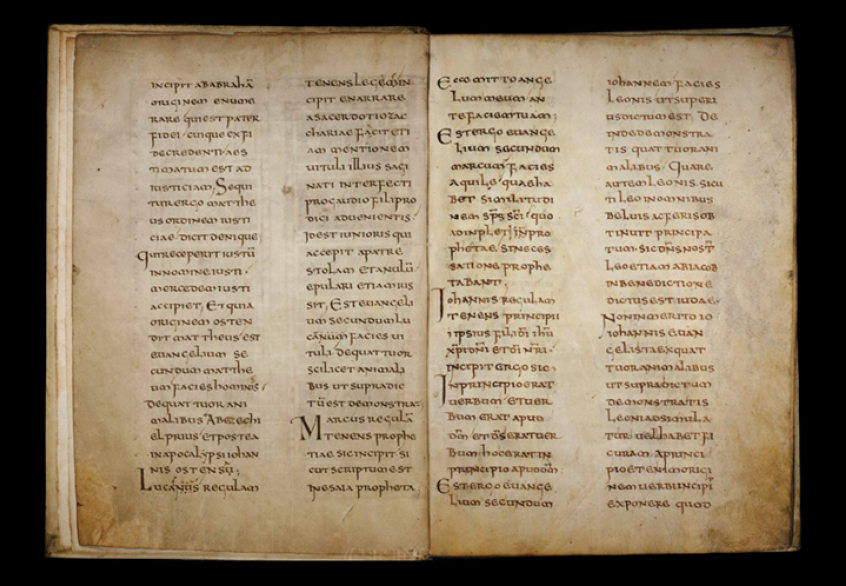The earliest Latin interpretations of the gospel are on display this week after being brought to light by a British theologian.
Hailed as 'fascinating', the 'substantial commentary' on the gospels by the fourth-century African-born bishop, Fortunatianus of Aquileia, offers a rare insight into how the earliest Christians read the Bible.

Dr Hugh Houghton, a New Testament scholar at the University of Birmingham, told Christian Today the 100-page manuscript proves ancient Christians were more focused on the spiritual view than literal interpretations of the Bible.
'People have always read the Bible in multiple ways,' he said.
'The literal sense was taken for granted and what Christians taught in churches was more allegorical.'
The commentary examines the four gospels, focusing particular of Matthew's account of Jesus' life. It has been hidden for 1,500 years among other manuscripts at Cologne Cathedral Library before it was digitized by the University of Salzburg in 2012 and finally translated by Dr Houghton.
The English translation is available online and demonstrates the allegorical approach to reading the gospels.
In a summary of the four gospels, Fortunatianus writes: 'It was therefore shown long ago in figures that there would be four Gospels. For example, Scripture states in Genesis: "A spring comes out of Eden to water paradise, and from there it is divided into four sources." That spring, then, is our Lord Jesus Christ, from whom come four rivers, meaning the four Gospels. As the evangelist John says: From his stomach will flow rivers of living water.'
Houghton points to another example of the allegorical reading when Fortunatianus explains why Matthew's genealogy of Jesus describes 14 generations but only lists 13, he says it is because the final generation is 'the Christian people' around at the time.
'Allegorical reading is a spiritualising reading,' he said.
'Such a discovery is of considerable significance to our understanding of the development of Latin biblical interpretation, which went on to play such an important part in the development of Western thought and literature.
'This sheds new light on the way the Gospels were read and understood in the early Church, in particular the symbolic reading of the text known as "allegorical exegesis".
He went on according to The Telegraph: 'There's been an assumption that it's a literal record of truth - a lot of the early scholars got very worried about inconsistencies between Matthew and Luke, for example.
'But for people teaching the Bible in the fourth century, it's not the literal meaning which is important, it's how it's read allegorically.'













